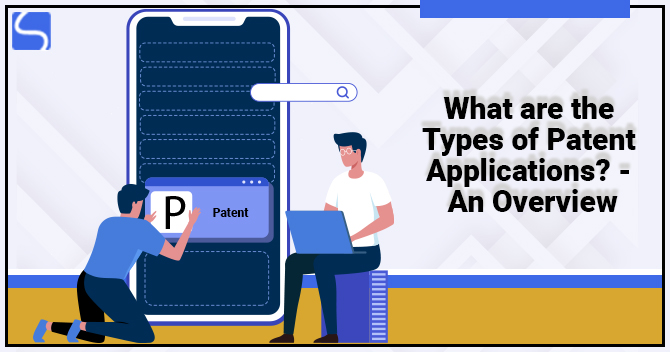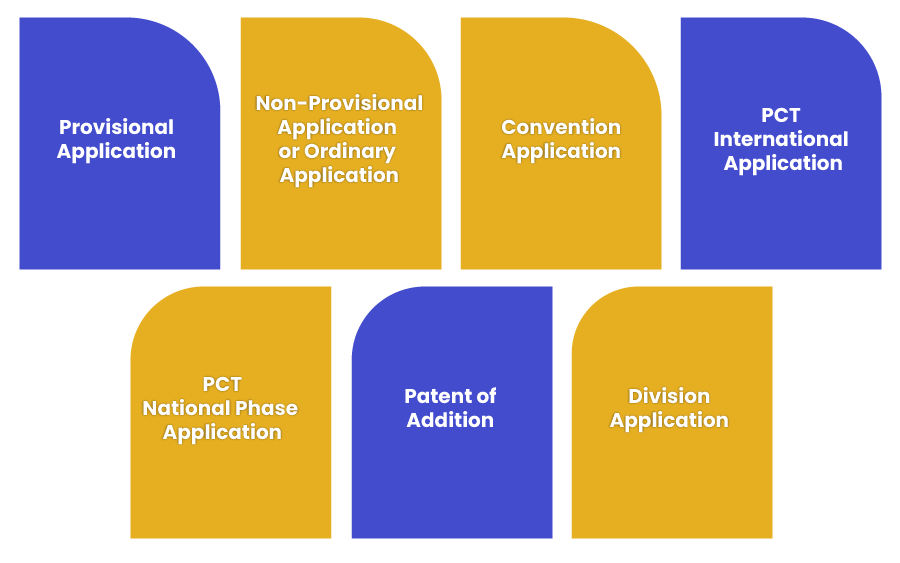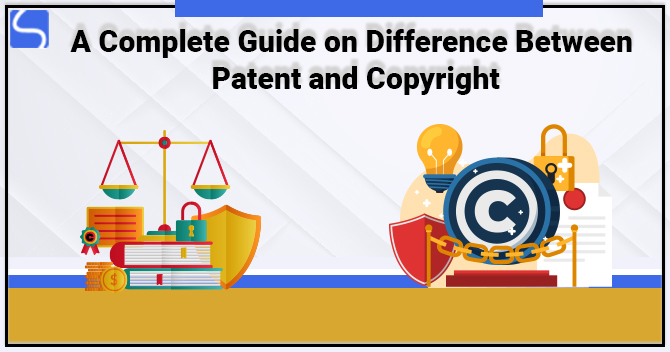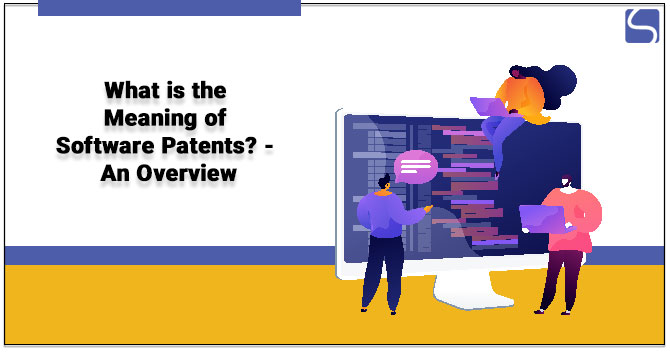What are the Types of Patent Applications? – An Overview

Karan Singh | Updated: Mar 23, 2021 | Category: Patent
If a person or an individual wants to file an application for Patent Registration in India, then they should know about the different types of Patent Applications that they want to file with the Patent Office. There are seven different types of applications available in India, and all the different types of Patent Applications that come under the Patent Act serves a different purpose. Hence, the applicant should choose the type of applications as per their requirements. In this blog, we briefly discuss the types of Patent Applications in India. But before that, we have to understand the term Patent.
Table of Contents
Meaning of Patent
A Patent is a title that offers the Patent’s owner a right to prevent another unauthorized person from copying or misusing the owner’s invention. A patented invention gives the Patent’s owner an exclusive right to eliminate other peoples from selling, making, importing or using the patented invention of the owner.
A Patent is allowed to an individual for a particular field in a specified nation. The validity of a registered Patent is for 20 years only. The Patent Office will issue a Patent Registration Certificate if the owner fully discloses the inventions and publishes the invention related technical information in their Patent Registration application. A Patent can safeguard an invention for twenty years, and the Patent renewal is not permitted. There are various types of Patent Application is ensuring the protection to the inventors that their inventions or work will be protected in India and outside India.
Types of Patent Applications
Following is the list of all the different types of Patent Applications:

- Provisional Application: This application is a temporary application that is filed when the invention is not completely finalized and still under experimentation.
You can check the advantages of Provisional Application filing from below:
- It helps to create certain priority rights over the invention;
- The applicant gets twelve months of time to advance the invention and determine its market potential completely;
- A provisional application allows the applicant to use the word “Patent Pending” on their products;
- It is very cheap to file and prepare the Provisional Application;
- The Patent’s applicants are allowed to file an International Patent Application, and they can also claim priority within 12 months of time;
- For Patent Registration, a Provisional Application must be followed by a full specification within 12 months. Moreover, the Provisional Application must be properly detailed and should be drafted very cautiously to make sure that the priority rights for the invention are protected.
- Non-Provisional Application or Ordinary Application: An application for Patent Registration filed in the Patent Office without claiming any priority application date made in contract country or without any reference to any other under process application in the office is called an Ordinary Application. This applicant should be supplemented by a full specification and claims linked with the invention.
- Convention Application: This application is filed in the Patent Office, claiming a priority date based on the significantly similar or same application filed in one or more of the convention nations, is called as Convention Application. To know the status of the convention application, an applicant is required to apply to the Indian Patent Office within twelve months from the date of 1st filing the same application in the convention nation.
- PCT International Application: It is an international application form regulated by the Patent Cooperation Treaty (PCT) and can be certified globally in more than 142 nations.
An Indian applicant can file this application in three different ways, and you can check the same below:
- Application filing in the IPO (Indian Patent Office) acting as the receiving office;
- Filing the application straight in the International Bureau of the WIPO (World Intellectual Property Organization) after getting the foreign filing authority from IPO;
- The applicant files an application in the International Bureau of WIPO after six weeks and within twelve months of the time of application filing in India.
Following are some advantages of filing a PCT Application:
- Filing a PCT application gives the application approx. 30 to 31 months to enter some nations from the priority date. So, it offers the applicant with the application more time to assess the invention’s capability;
- One PCT International Application can be filed to seek protection for an invention in more than 142 nations in the world;
- It offers an option for the applicant to make a demand for an International Preliminary Examination Report (IPER). It includes an opinion on the patentability of the applicant’s invention;
- International Search Report and IPER permit the applicant to make more informed choices initial in the process of Patent Registration and modify the Patent application accordingly to deal with any inconsistent substance or material, before the beginning of the foremost expenses related to the process of Patent Registration in the National Phase. This report also gives the applicant of the International application a good idea on the patentability of the new invention before experiencing any charges for filing and accusing the application in each proposed nations;
- Delays the expenditures regarding the application for Patent Registration in different nations worldwide.
- PCT National Phase Application: When an international application is enclosed and made as per the PCT entitling India, an applicant need to file a National Phase Application in India within 31 months from the date of international filing.
- Patent of Addition: When an applicant knows that they have come across an invention which is a slight improvement in the previous invention for which they have already applied for or has attained Patent, in such case, the applicant can opt for Patent Addition if the new modified or developed invention does not contain a substantial inventive step. There is no need to pay a separate renewal fee for the Patent of Addition during the tenancy of the main Patent, and the Patent of Addition also expires along with the main Patent. The date of filing the application should be the date on which the Patent of Addition application is filed with the Patent Office.
- Division Application: When the application claims for more than one invention, the applicant, on his own desire or to meet the authorized objection, can divide the application of the Patent and file two or more applications as applicable for each of the various inventions. These applications that divided out the main or parent applications are called Divisional Applications.
Conclusion
There are different ways to safeguard your original or new invention from any violation or infringement from any unauthorized person or third party. Any individual applying for Patent Registration in India re required to know the obligatory requirements for filing different types of Patent applications. The applicant should always know the different types of Patent applications and accordingly file the application to the Indian Patent Office. It is always advisable to hire a professional or an expert who carried out the process of filing for various types of patent applications in India.
Also, Read: What is the Meaning of Evergreening of Patent? – An Overview














